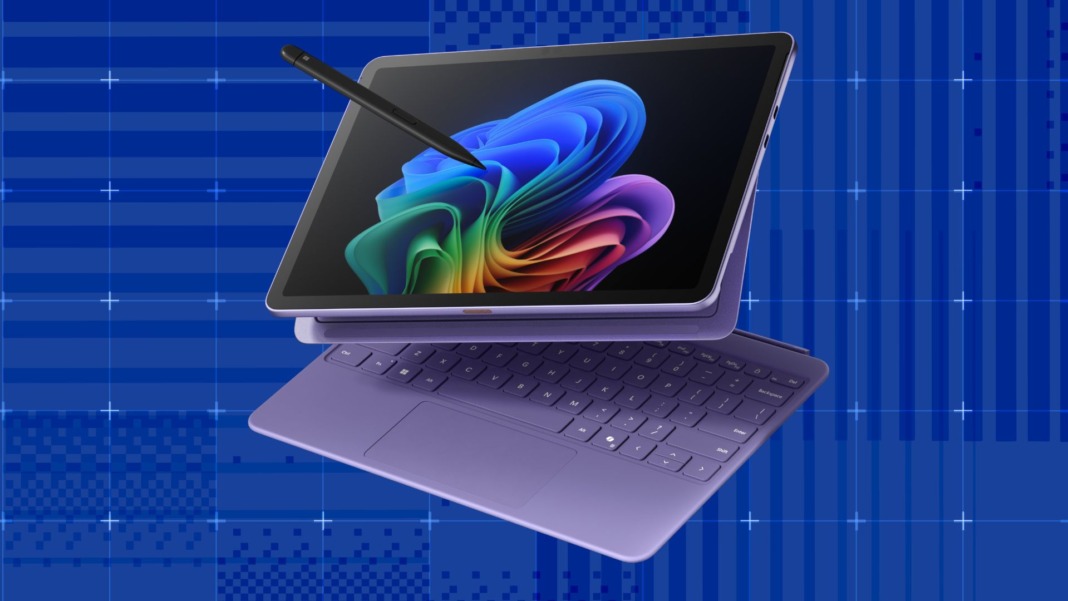On June 5, Stripe revealed new updates during its annual Stripe Sessions user event. As a business owner or tech enthusiast, you’ll want to note that this year’s announcements focus heavily on AI, smoother global payments, and a tighter partnership with chip leader Nvidia.
Stripe’s new AI foundation model for payments is at the heart of the update. This powerful model, trained on tens of billions of real transactions, is designed to detect subtle signs of fraud that other systems might miss. According to Emily Glassberg Sands, Stripe’s head of information, this AI model is already proving more effective. In fact, large businesses using the model have seen a 64% increase in fraud detection almost instantly.
Sands explained that Stripe couldn’t fully use its data in the past, but this model changes that. It also builds on earlier successes. Stripe’s earlier fraud detection models gradually reduced card-testing attacks by 80% over two years. Card-testing is when criminals test stolen card details to see if they can be used for purchases.
But Stripe isn’t the only one using AI this way. Startups like Sardine are also developing AI-based systems for fraud, credit, and compliance, and Sardine recently raised US$70 million in Series C funding.
AI, stablecoins, and more global reach
In addition to AI, Stripe also introduced plans for stablecoin-backed multicurrency cards. These will let companies in different countries operate in the same currency, simplifying international business. Stripe is teaming up with startups like Ramp, Squads, and Airtm to make this happen. This move follows Stripe’s earlier purchase of Bridge, a stablecoin platform, just three months ago.
The company also launched a new product called Orchestration. This tool helps you manage and fine-tune payment performance across different providers, all from Stripe’s dashboard — even if you’re not using Stripe to process payments.
If you’re in the tech space, you may also recognise some of Stripe’s customers. The company shared that major AI firms such as OpenAI, Anthropic, Cursor, Windsurf, Perplexity, and ElevenLabs now use Stripe’s billing product.
Stripe also revealed that Nvidia recently moved its full subscriber base to Stripe Billing — and did it in just six weeks. According to Vivek Sharma, Stripe’s head of revenue automation, this was the fastest migration ever recorded for their billing platform.
Expanding payment tools and global services
Stripe also announced that it now supports 25 new payment methods, including UPI in India and PIX in Brazil, increasing the total to more than 125 options worldwide. Klarna, the well-known “buy now, pay later” provider, will become available on Stripe’s Link consumer payments product this summer.
The company’s Stripe Terminal can now work with third-party hardware, starting with Verifone, giving businesses more flexibility in accepting in-person payments. Stripe also introduced Managed Payments, a merchant-of-record service that helps businesses grow into new markets by handling global taxes, fraud prevention, dispute management, fulfilment, and more.
A new feature called Smart Disputes uses AI to automate payment dispute handling, helping you save time and reduce stress. Stripe Tax has also been expanded to cover 102 countries, up from 57 last year, and now automates the entire tax process—from monitoring and registering to collecting and filing.
Finally, Stripe introduced Global Payouts, a feature that lets businesses pay anyone—whether customers, contractors, or partners—simply by using their email address. It’s another step forward in Stripe’s aim to make global commerce easier, safer, and smarter for businesses like yours.





